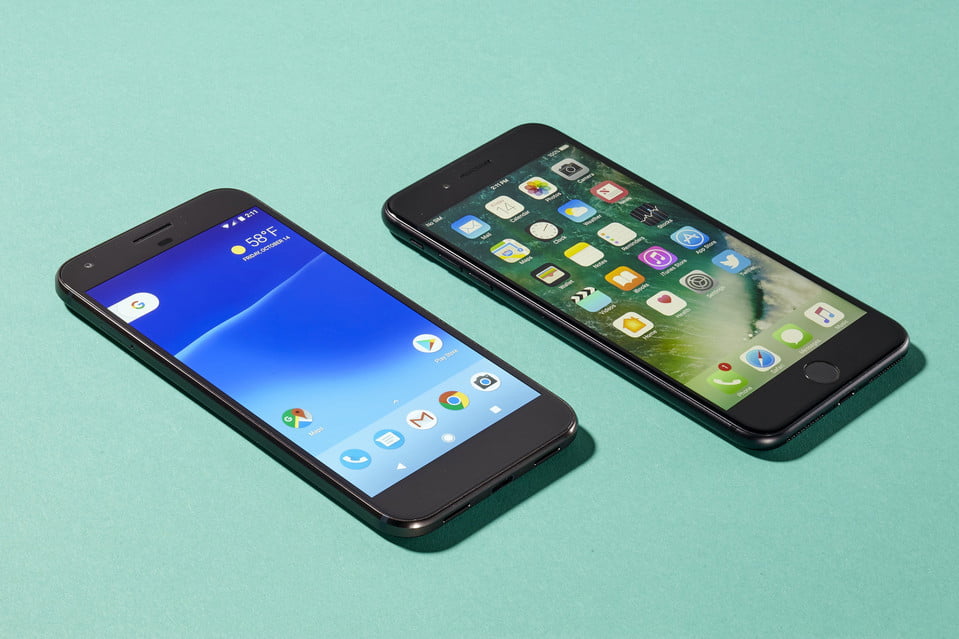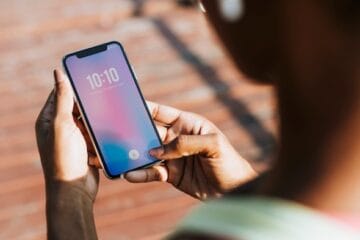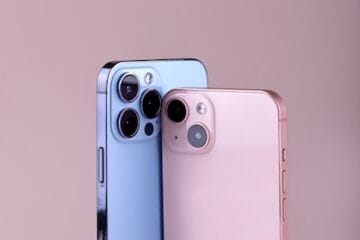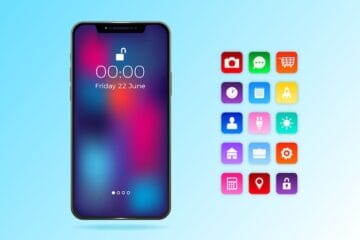Android people, please step forward. Good news! Your next phone-buying decision just got a heck of a lot easier. The Google Pixel is now the best Android smartphone you can buy. The other leading contender was disqualified due to spontaneous combustion.
iPhone people, it’s your turn. Ask yourself: Why do I have an iPhone? Is it because of its software, services and privacy policies? Or is it because it’s a very good phone for things like Google Maps, Gmail, Spotify and Facebook Messenger? If you’ve answered yes to the latter, the Pixel may be for you, too.
 ENLARGE
ENLARGEThe Pixel looks like an iPhone 7 clone. It comes in two sizes like the iPhone. It’s the same price (starting at $650 for the 5-inch Pixel and $750 for the 5.5-inch Pixel XL). And, for the first time, Google itself controls both the phone hardware and the software. Yep, just like Apple.
It’s basically the Android iPhone—except with a headphone jack and some privacy concerns.
Why is Google suddenly making such an aggressive play for iPhones? Ironically, it’s because the smartphone war is over. The big leaps now come in software and services and the ecosystem of devices around them. With an iPhone of its own, Google can appeal to longtime Apple buyers who already tend to live mostly in Google’s world.
While Google still needs to convince me why we should trust it with so much data, the Pixel succeeds in refuting many of the arguments I’ve long made for choosing iPhone over Android.
 ENLARGE
ENLARGEContents
I bought an iPhone…for superior design
What better way to make iPhone users feel at home than to make an… uglier iPhone? On occasion, I’ve reached for the Pixel’s curved edges and aluminum body thinking they belonged to my iPhone—whose design that hasn’t changed in years. (Why no rose gold, Google?)
Plus: The Pixel has a headphone jack. Minus: It’s inconveniently placed up top. Like an iPhone, you can’t remove the battery, and have to pay for extra storage. Unlike an iPhone or Galaxy S7, the Pixel probably won’t survive a dunk in the pool.
Maybe Apple aesthetic wouldn’t allow the rear placement of the fingerprint sensor—or the glossy plastic it’s surrounded by. I, however, have gotten so used to gently tapping the back of the phone to unlock that I’ve found myself doing it on the iPhone.
Google thinks the appeal is so clear, it built a dongle to make switching to the Pixel quick and painless, even from an iPhone.
…for the best camera
The best camera is the one you have with you. In most situations, I’d rather have the Pixel camera.
One reason is the phone’s superior screen. The AMOLED display makes photos look better; even ones taken on an iPhone. Blacks are deeper, colors are more vibrant and the higher pixel density makes everything sharper.
The camera also performs better in low-light situations, compared with the excellent cameras in the Samsung Galaxy S7 and iPhone 7. In testing, its photos had more dynamic range and color saturation. The only noticeable tradeoff is that some Pixel night shots have more noise (digital graininess).
Plus, you never have to stop snapping. The Pixel comes with unlimited cloud storage of full-resolution photos and video. You can easily clear photos to make room on your phone, with automatic and manual options.
The iPhone 7 Plus with its second lens does beat the Pixel camera. Not only does the iPhone 7 Plus optically magnify shots 2X, but it uses the dual-lens setup to gauge depth for a lens blur effect. The Pixel has a similar effect, but it looks pretty fake.
… for better battery life
The Pixel XL had no problem making it through my day. The smaller Pixel had a harder time keeping up, hitting 10% most days by 8 p.m. In my punishing lab tests, the iPhone 7 and 7 Plus lasted an hour longer than the similar-size Pixels.
 ENLARGE
ENLARGEThe Pixels win on faster charging, though. With the included USB-C wall charger, the smaller Pixel went from zero to 100% in 1.5 hours—nearly an hour faster than the iPhone 7.
…for easy-to-use software
Google’s reasoning for making its own phone becomes clear with the software. I’ve never used a faster, more fluid Android device. It’s a Google app user’s dream: Gmail, Google Docs, Maps, Calendar… all work far better than their iOS counterparts.
Samsung, LG and other brands tend to make lots of design and feature changes to the software. With Google’s own Android phone, it’s simple: Most-used apps go on the home screen, while the rest remain in the app drawer. Swipe down from the top for notifications and settings, swipe left to right to see a daily digest. Here Google uses your searches, location, calendar and email to predict what information you’d like next: the weather, drive time to your next meeting, TV shows you should watch tonight.
 ENLARGE
ENLARGEYou can also call on the increasingly talkative Google Assistant by saying “OK Google” or holding the home button. Think of it like Siri, but smarter. The Assistant prompts you for follow-up questions and has been far more accurate and speedy than Siri in understanding my commands.
…for Apple’s privacy policy
The Assistant works great but you have to be willing to let Google be Big Brother. During setup, you’re asked to let the Assistant access your web and app activity and your entire location history. Google creates a private map of where you go, to provide commute predictions and improved search results—not to mention more targeted ads. You can turn off Location History in Settings.
Assistant queries are also logged. Google says you can delete the whole history or each entry individually in the “My Activity” panel. I’d like an amnesia option on my Assistant.
“Providing meaningful assistance means taking a user’s context (such as location or their personal interests) into account, but we will always keep personal data private and secure,” a Google spokeswoman said in an email. You can disable the Assistant at any time.
Even creepier: On Sunday, Google asked if I was at the Brooklyn Bridge. (I was.) It guessed my location again when I sat down to dinner with a friend. It took a phone call to Google to find out that the key to disabling this was buried deep in Google’s search app.
In iOS, you can turn off Siri’s access to your location, and Apple does not log your queries.
…for guaranteed updates
Over 50% of iPhones now run iOS 10, the latest iPhone OS, which came out last month.Less than 20% of Android phones run the year-old Android 6. Only Nexus phones have Nougat 7.0 so far, and the Pixel is the first phone to have Android 7.1 Nougat.
Google promises that Pixel phones will stay in lockstep with updates—even ones sold byVerizon, the exclusive U.S. carrier. This is crucial because without updates, phones lose features and security patches.
… for superior customer service
Google lacks Apple’s world-wide retail infrastructure, but its new 24-hour chat and phone support is a good start. At midnight on Saturday I had a question about the Pixel’s fingerprint sensor. I tapped on the Support tab in Settings and was on the phone with a helpful rep within two minutes.
… because my friends and family have iPhones
The biggest barrier between me and an Android phone? iMessage. I use Apple’s chat service to talk to my family, colleagues and friends. When I put my SIM card into the Pixel, I started missing out. Getting your whole family to Disneyland is easier than getting them to a new chat service.
 ENLARGE
ENLARGEIt may seem like a crazy reason not to switch to a superior phone, but selecting a phone these days is really only half about the hardware. It’s the ecosystems and services—and how much we trust them—that tip the scales.
[Source:-WSJ]




